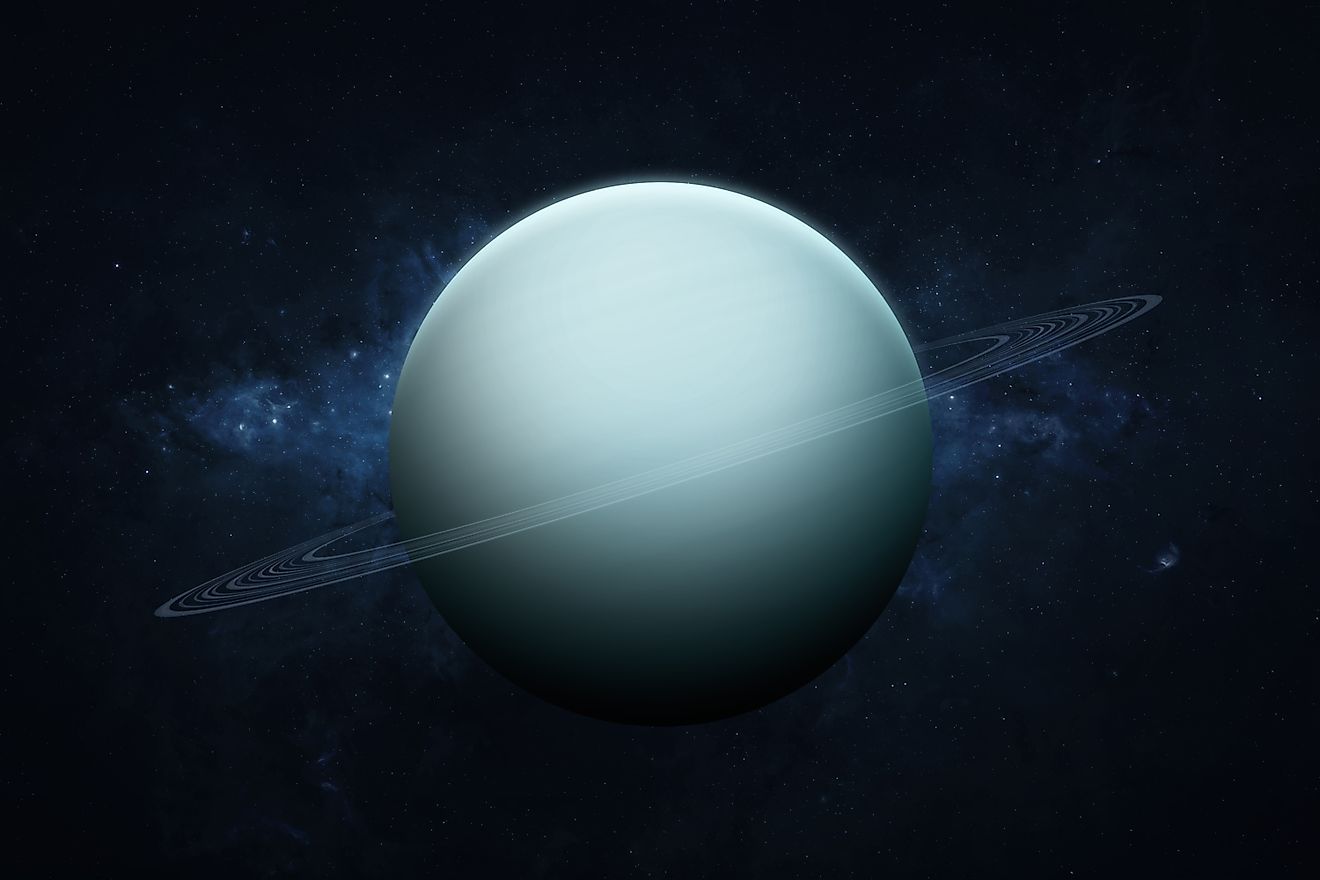
What Are Supermassive Black Holes?
Black holes are among the largest, most massive objects in the universe. A black hole is defined as any object whose gravitational pull is so strong that not even light can escape, hence why they are called black holes. Most black holes form during the death throes of the most massive stars. Black holes that form from dying stars are usually less than a hundred times the mass of the sun. There are some black holes, however, that are far too massive to have formed directly from dying stars. These black holes are called supermassive black holes, and they can be anywhere from a million times the mass of the sun to over 100 billion times the mass of the sun. What are supermassive black holes and how do they form?
Galactic Nucleus

Supermassive black holes do not exist just anywhere. Rather, they tend to only exist in the centers of large galaxies galaxies. Even the Milky Way has its own supermassive black hole located at its center. Called Sagittarius A*, it is estimated to be around one million times the mass of the sun and roughly the same size as our solar system. The vast majority of large galaxies discovered have a supermassive black hole at their center, and so it seems likely that the presence of supermassive black holes plays an important role in the formation and evolution of galaxies.
Where Did Supermassive Black Holes Come From?

How supermassive black holes formed in the early universe and where they came from remains one the biggest mysteries in astronomy. Their mass suggests that they could not have formed from collapsing stars, and instead must have formed through another process. There are two possible explanations. First, supermassive black holes formed before the first stars. Within the first few million years of the Big Bang, the universe was saturated with a tremendous amount of hydrogen and helium. Some regions gradually became denser, leading to a process called accretion, wherein vast amounts of material stick together and increase mass. As accretion happens, more and more material is drawn inwards as mass, and in turn gravity, increases. With so much material in the early universe, the process would have been exponential. There may have been enough material that supermassive black holes formed directly from the primordial gas of the Big Bang. Over time, these supermassive black holes would have drawn in stars, leading to the formation of the first galaxies.
The second possibility is that supermassive black holes formed from the merging of countless smaller black holes. The first stars in the universe would have been extremely massive, and most, if not all, would have eventually formed black holes. Over time, millions of black holes would have merged together, increasing their overall mass. If enough black holes merged together, they would have eventually formed a supermassive black hole. It remains unknown exactly how the first supermassive black holes formed, and what their role was in the formation of the first galaxies. As technology advances and telescopes become more powerful, we may one day have an answer.











